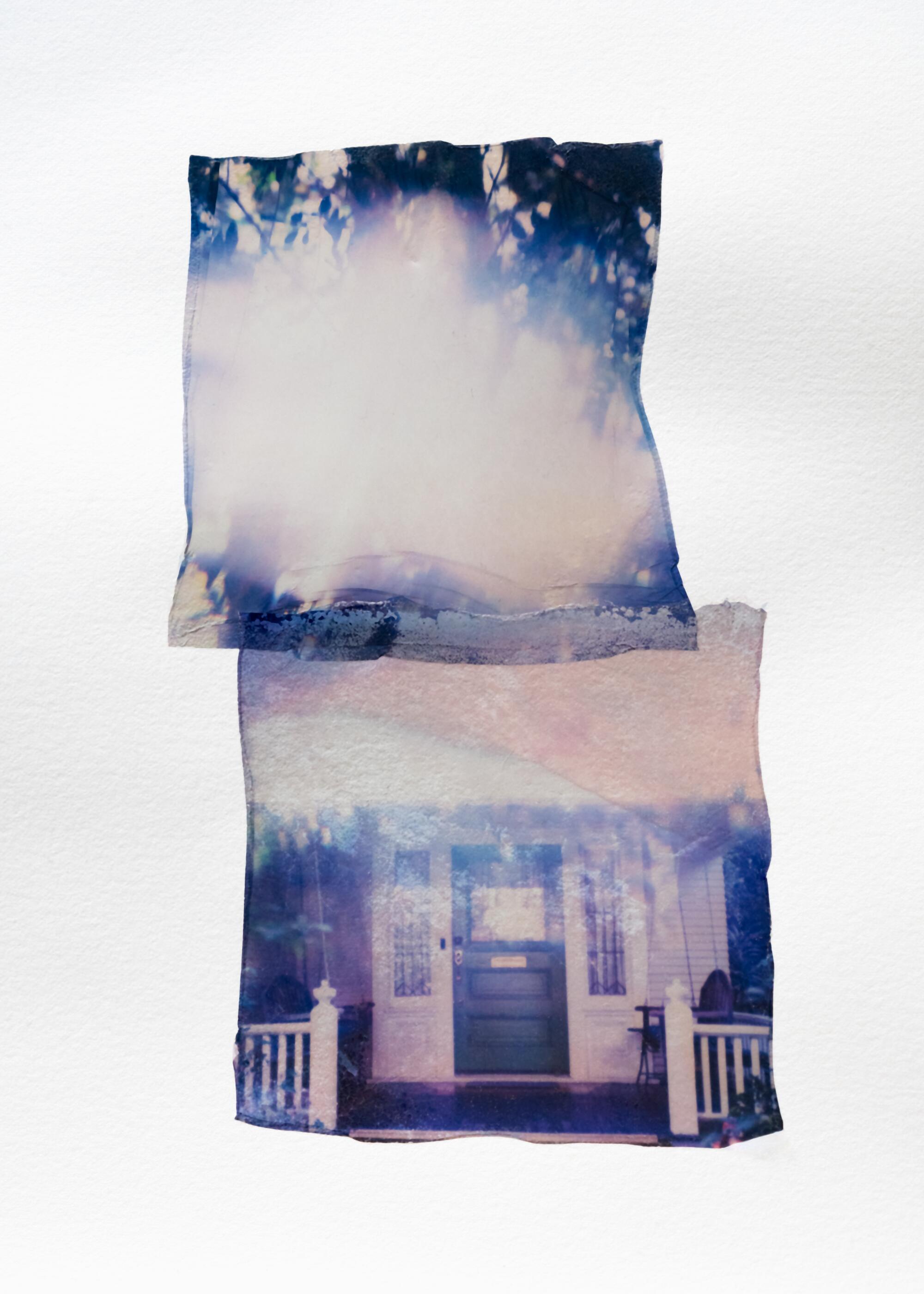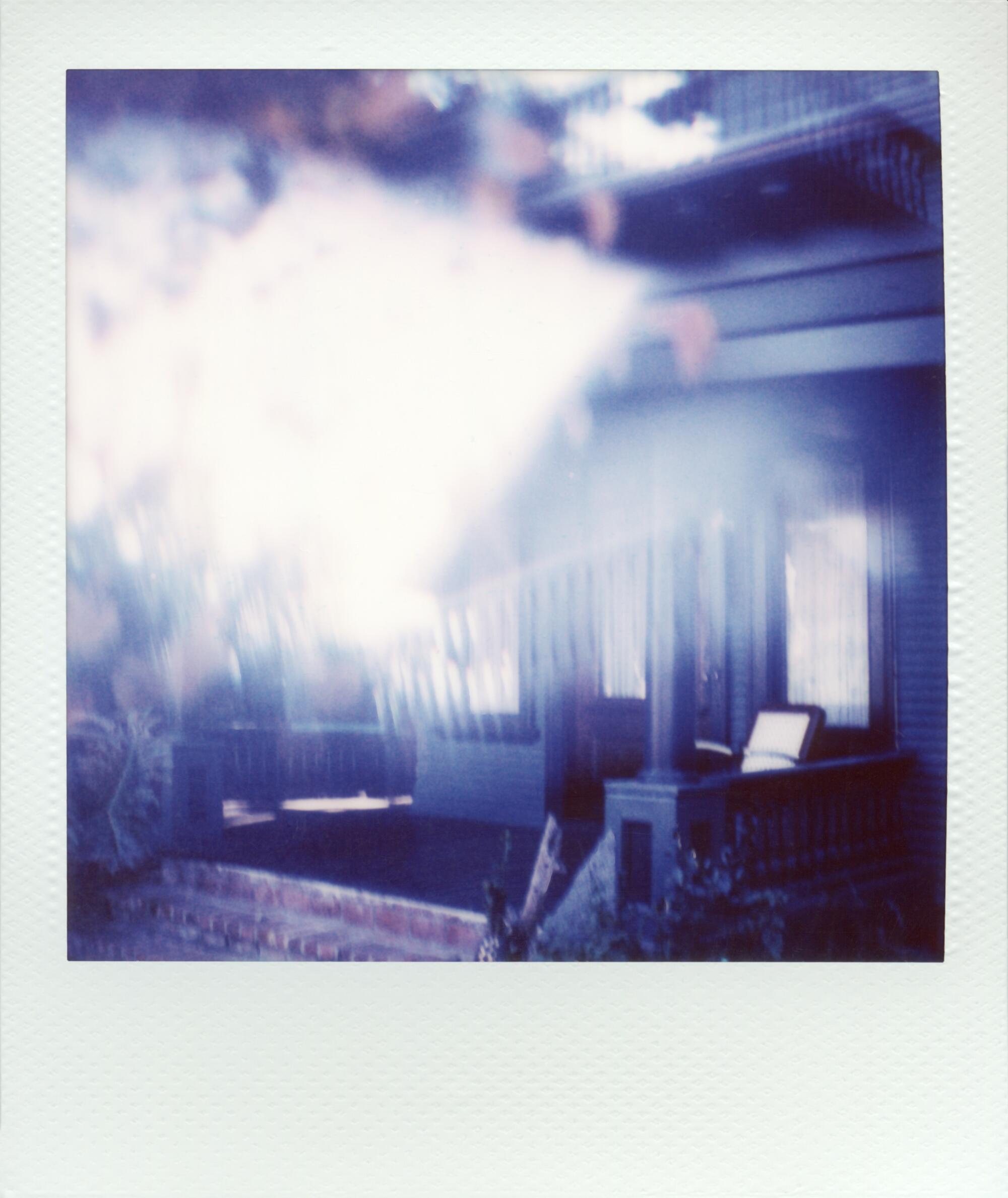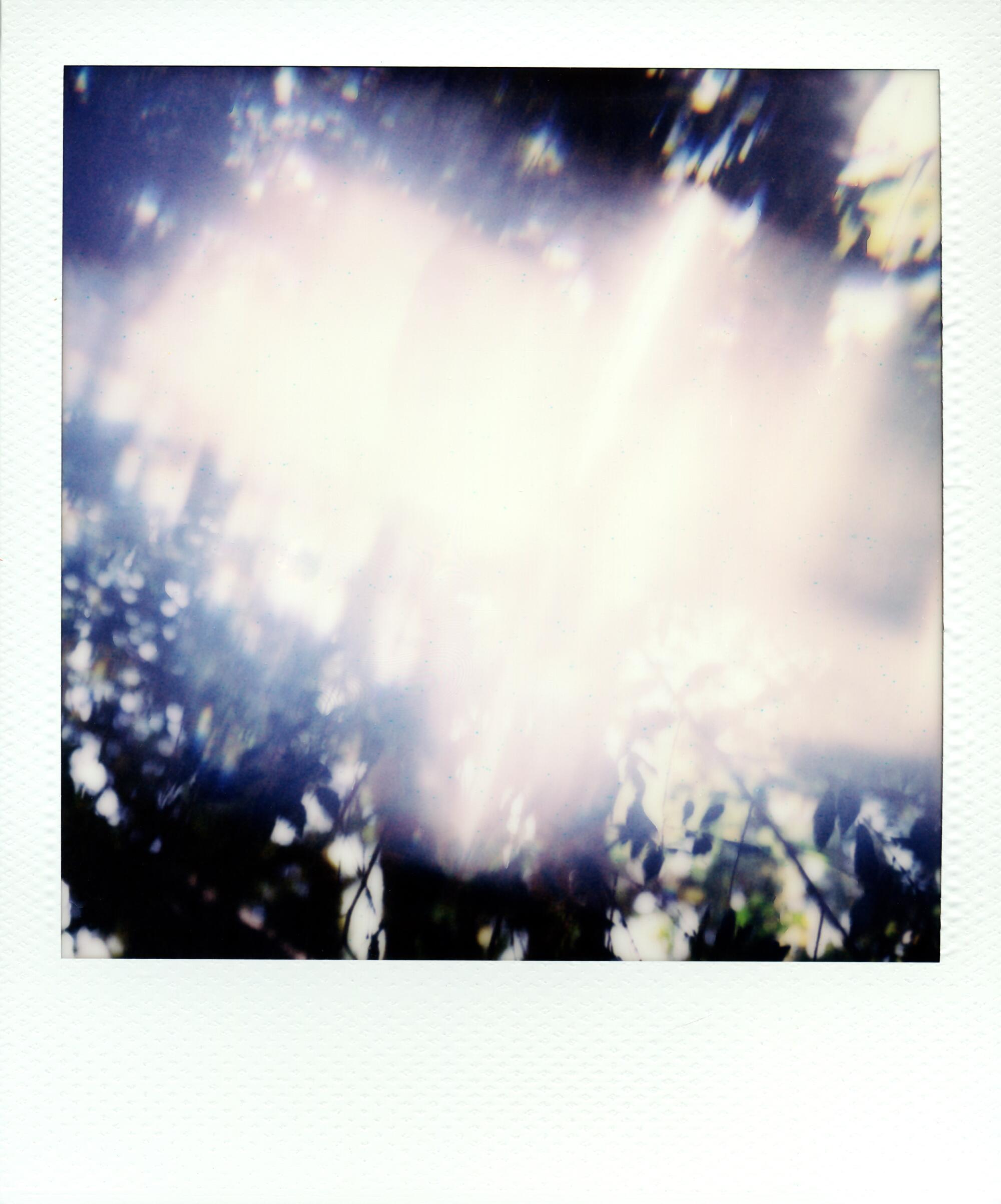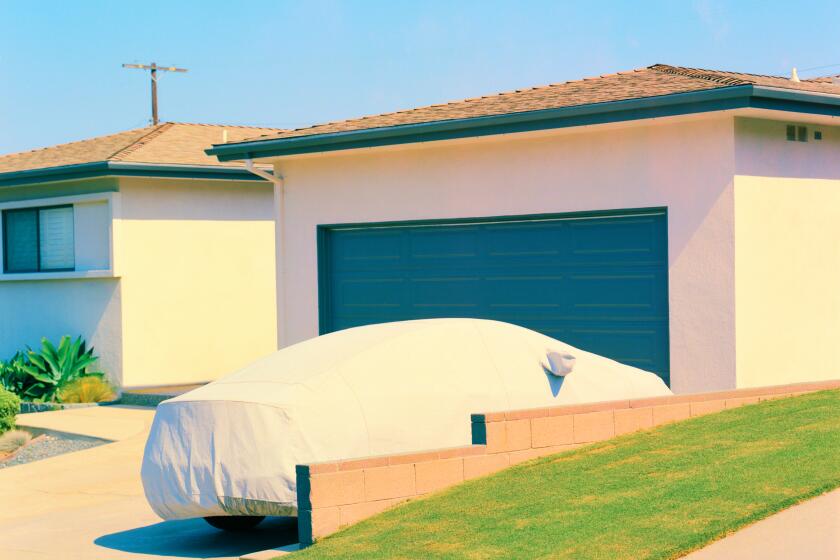- Share via

As a child, my dreams of Los Angeles were often apocalyptic. At first, I figured: “This is what a nightmare is.” Now I dream of buying groceries at Trader Joe’s in wartime Santa Monica and when I wake up, I think, “I am looking just slightly down the road.”
After my daughter was born, I’d dream that we hadn’t left Los Angeles. I still do. I’ll go for a run in a landscape that doesn’t exist, a golf course that is also Sunset Boulevard, and I’m hungry, I’m looking for coffee, and I crave this twisting, mountainous version of all the parts of the city I know, scrunched together. We live in Michigan now, where the water is. Or where there is a lot of poisoned water, anyway.
I left Los Angeles when I was 18. Like many millennials, I moved back in with my parents for a short time when I was 31. My childhood home had that same style of architecture as the apartments in “Slums of Beverly Hills.” Buildings that look a bit like an architecturally awkward supermarket cake: white and beige.
Apocalyptic moments come and go. This lush and unexpected enclave is a reminder that the Earth will always be here, even after we’re gone.
In one of my favorite books from my mother’s shelf, Jim Harrison’s “Dalva,” a woman considers her reasons for living in Santa Monica:
I made coffee and took it out to my small balcony. It was barely light and there was a warm, stiff breeze mixed with the odor of salt water, juniper, eucalyptus, oleander, palm. The ocean was rumpled and gray ... One year when I was having particularly intense problems I sat here for an hour at daylight and an hour at twilight ... I thought at the time of a college professor who told me that Santayana had said that we have religion so as to have another life to run concurrently with the actual world. It seemed my problem was refusing this dualism and trying to make my life my religion.
When I moved back in with my parents, I tried a thousand ways to sit on the porch of the West L.A. apartment where I grew up. I went to the garden center and picked out jasmine and bougainvillea, trying to re-create something, unsure what it was. I read Joan Didion on the porch. Few things make me feel as nostalgic for the smell of Los Angeles as Didion’s Malibu. She spoke at my high school graduation. We all wore a white dress as though we were about to marry the same diploma. Our class song was “99 Red Balloons” and our teachers would get emotional about the lyrics. Imagine a stage full of children singing that war song today. “There’s something here from somewhere else.”

Why did I move home at 31? My mother called me there. When I realized she was unhappy, I asked if she wanted to leave. Every year since I first moved out, a new condominium was built. There was never not the sound of construction. I remember the night when our entire neighborhood stood watching as they hoisted the house next door onto a truck and drove it away. The condo that erupted in its place grew a crack up its side the first time the earth shook, and that became our view.
Looking for proof of life amid the candy-coated anti-depressants of suburbia.
Within a year, we were packing up the apartment. I would listen to the radio for coverage of the aftershocks that woke me and my dog in the night. Instead, I’d hear reports that made me fear the ocean or the sky. It felt like we were packing in such a hurry. A tsunami alert was always buzzing underneath my heartbeat.
Now that we aren’t there anymore, some version of us is still oriented in that direction, some parts of us still stranded in that apartment. Only in my dream life am I able to investigate.
My family and I returned to Los Angeles last April. My daughter woke up early one day, so I took her to find some coffee, just the two of us. We ended up driving all the way from Leimert Park to Santa Monica, where we ate an entire basket of strawberries on the ground at a farmer’s market. While we were driving over, a man picked up a rock the size of a fist and looked like he was about to throw it at a man who was darting into traffic. Something horrible was hanging in space. Minutes later, a fleet of sirens drove in the direction of whatever it was.
All I wanted on that trip was to go back. Back where? As close as I could to the carpet my mother crawled across while she was in labor to have one last cup of tea before they went to the hospital. I wanted to show my daughter the blue condo on the corner with portholes and the sound of an indoor swimming pool. I wanted her to get jacaranda blossoms stuck on her heels.
As a child, my dreams of Los Angeles were often apocalyptic.

Some of our stuff is still there, and I dream about the storage container. It morphs into a psychologist’s office, a museum’s back room. The container is wobbling. In my worst fears, it is a meth lab on fire in the desert. I walk up a hill, or I drive and drive, looking for the ocean my mother oriented toward when she sat on the porch at 27, 31, 42. The ghost of some parallel life still running concurrent with our actual world.
A Los Angeles native, Aisha Sabatani Sloan is the author of “The Fluency of Light,” “Dreaming of Ramadi in Detroit,” “Borealis,” and with her father, “Captioning the Archives.” She is the winner of the CLMP Firecracker Award, the 1913 Open Prose Contest, the National Magazine Award for Columns and Commentary, the Jean Córdova prize for Lesbian/Queer Nonfiction, the Lambda Literary Awards for Bisexual Nonfiction, and a National Endowment for the Arts fellowship.









